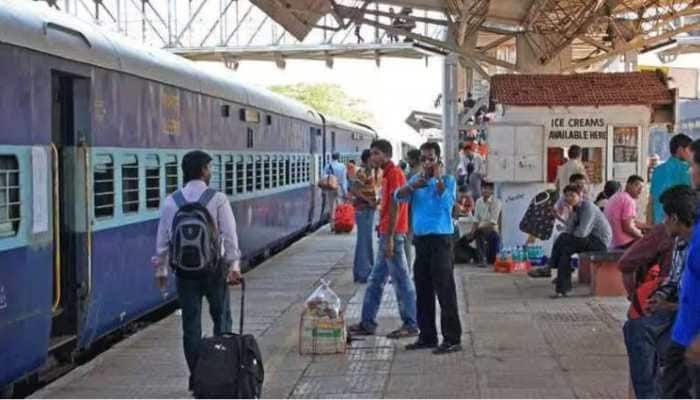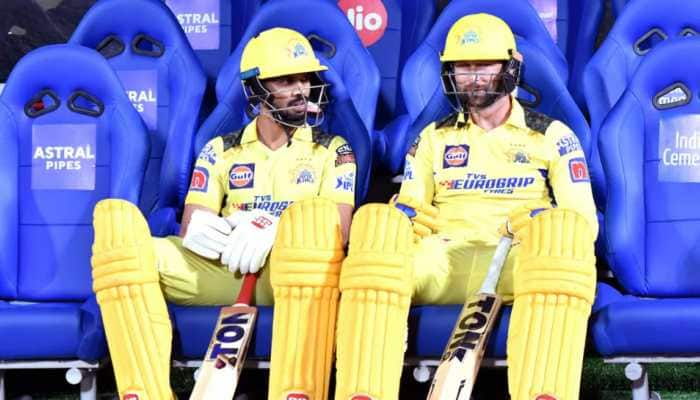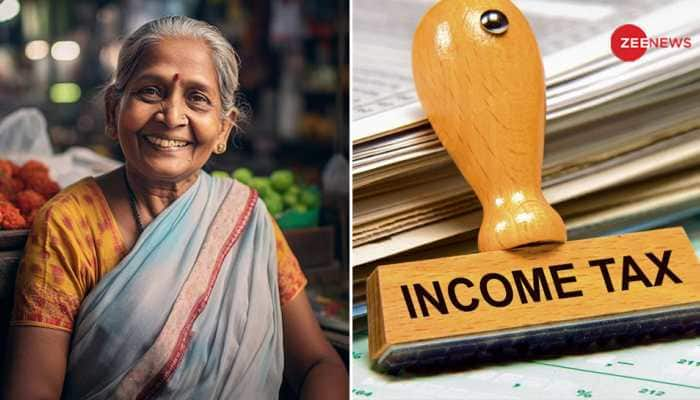Two high-speed trains to collide with railway minister on board for testing India-made 'Kavach'
'Kavach', which literally means armour, is being promoted by the Railways as the world's cheapest automatic train collision protection system.
- Kavach is an indigenous anti-collision technology
- It will cost Rs 50 lakh per km compared to about Rs 2 crore worldwide
- Railway Minister Ashwini Vaishnaw will be in Secunderabad to try Kavach tech
Trending Photos
) Image for representation
Image for representation On March 4 in Secunderabad, two trains will hurtle towards each other at full speed, one with the railway minister on board and the other with the Chairman of the Railway Board. But the two trains won't collide, thanks to 'Kavach'. 'Kavach', which literally means armour, is being promoted by the Railways as the world's cheapest automatic train collision protection system.
The indigenously developed Automatic Train Protection (ATP) system has been built to help the Railways achieve the goal of "zero accidents". Kavach is designed to bring a train to a halt automatically when it notices another train on the same line within a prescribed distance.
Also read: What is KAVACH anti-collision technology and how does it work?
Trains will also stop on their own when digital system notices any manual error like "jumping" of the red signal or any other malfunction, senior officials said. Once implemented, it will cost Rs 50 lakh per kilometre to operate compared to about Rs 2 crore worldwide, they said.
Railway Minister Ashwini Vaishnaw will be in Secunderabad to be part of a trial of the system on the Sanatnagar-Sankarpalli section. "The railway minister and CRB (Chairman of the Railway Board) will participate in the trial to be held on March 4. We will showcase how the system works in three situations -- head-on collisions, rear-end collisions, and signal is passed at danger (Spads)," the official said.
A signal is passed at danger (SPAD) when a train passes a stop-signal when not allowed to do so. 'Kavach' controls the speed of the train by an automatic application of brakes in case the loco pilot fails to do so.
"It works on the principle of continuous update of movement by using high frequency radio communication. It also conforms to SIL-4 (Safety Integrity Level - 4) which is the highest level of safety certification.
"RFID tags are provided on the tracks and at station yard for each track and signals for track identification, location of trains and identification of train direction. The ?On Board Display of Signal Aspect' (OBDSA) is to help loco pilots check signals on board consoles even when the visibility is low," an official said.
Also, once the system is activated, all trains within a 5-km range will halt to provide protection for trains on adjacent tracks. Currently, loco-pilots or assistant loco-pilots usually crane their necks out of the window to look out for caution signs and signals, said officials.
It also includes stationary equipment to gather signaling inputs and loco inputs and relay them to a central system to for seamless communication with the train crew and stations. The first field trials on the passenger trains were started in February 2016 and based on the experience gained, initials specifications of the Kavach were finalised in May 2017.
Subsequently, the independent safety assessment of the system by a third party (Independent Safety Assessor. ISA) was conducted and based on the developmental project and the ISA safety assessment, three firms were approved by the Railway's RDSO (Research Design and Standards Organisation) in 2018-19 for working up to train speed of 110 kmph.
Subsequently, based on further trials, Kavach has been approved for speeds up to 160 kmph. The Railways is trying to find more suppliers of this technology.
Announced in the 2022 union Budget as a part of the Atmanirbhar Bharat initiative, 2,000 km of rail network is planned to be brought under the indigenous world-class technology ?Kavach', for safety and capacity augmentation in 2022-23.
So far, Kavach has been deployed on over 1098 route km and 65 locos in on-going projects of South Central Railway. Further, Kavach is planned to be implemented on Delhi-Mumbai and Delhi Howrah corridors, having a total route kilometer of around 3000 km, as a part of "Mission Raftar project for raising of speeds to 160 kmph. Tenders for these works are being invited", officials said.
Stay informed on all the latest news, real-time breaking news updates, and follow all the important headlines in india news and world News on Zee News.
Live Tv







)
)
)
)
)
)
)
)
)
)
